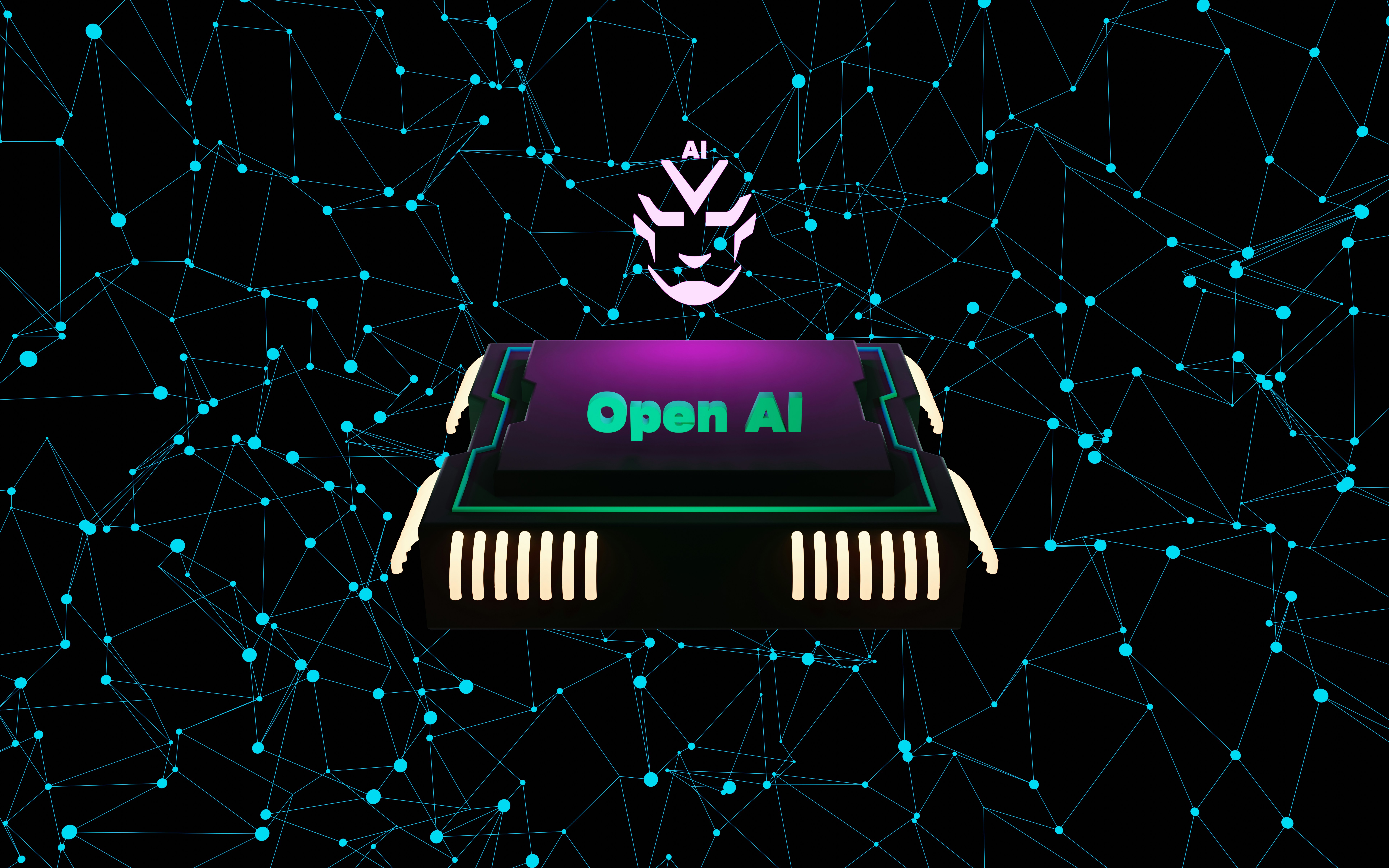
What Makes a City ‘Smart’?
The term ‘smart city’ embodies a progressive urban development paradigm that leverages technology and data to enhance the quality of life for its inhabitants. Key to this classification is the robust utilization of data collection and analysis, which plays a vital role in urban planning and management. By harnessing vast amounts of data generated from various sources, city officials can make informed decisions, streamline operations, and optimize resource allocation. This data-driven approach leads to improved services in transportation, waste management, energy consumption, and public safety.
Another critical element of smart cities is the integration of Internet of Things (IoT) devices. These interconnected devices enable real-time monitoring and communication across various urban systems, fostering greater efficiency. For instance, smart traffic lights can adapt to current traffic conditions, reducing congestion and enhancing mobility. Additionally, smart meters facilitate real-time energy consumption tracking, allowing residents to manage their resources more effectively. Through the deployment of IoT devices, cities can create a responsive environment that caters to the changing needs of its residents.
Moreover, automation significantly impacts urban life by optimizing routine processes and services. From automated public transport systems to AI-driven administrative tasks, automation decreases operational costs and improves service delivery. Furthermore, the evolution of smart cities heavily relies on citizen engagement and governance. Community input and involvement are paramount in shaping smart city initiatives, ensuring that technological advancements reflect the diverse needs of the populace. Empowering residents to participate in city planning and innovation creates a sense of ownership and encourages collaboration between citizens and government. In essence, a smart city is more than technology; it is a vision of an interactive urban ecosystem that enhances civic life.
Case Studies: Singapore, Barcelona, and Dubai
Smart cities represent a progressive approach to urban development, integrating technology to improve the quality of life for residents and enhance sustainability. This section explores three prominent examples: Singapore, Barcelona, and Dubai, highlighting their unique strategies and the lessons they offer.
Singapore stands at the forefront of smart city initiatives, utilizing integrated technology solutions to manage urban challenges effectively. The city-state’s Smart Nation program exemplifies its commitment to harnessing data and connectivity. Initiatives such as the Smart Traffic Management System employ real-time data analytics to optimize traffic flow, reducing congestion and commute times. Furthermore, the use of sensors across the city enables the monitoring of environmental parameters, supporting initiatives aimed at improving air quality and urban health. However, challenges such as data privacy and infrastructure costs persist, necessitating ongoing public engagement and innovative financing approaches.
Barcelona has embraced a distinct strategy through its “smart city” framework, focusing on citizen participation and urban resilience. The deployment of the smart lighting system, which adjusts illumination based on pedestrian activity, exemplifies the city’s efforts to balance energy efficiency and public safety. Moreover, the introduction of the Intel – Barcelona City Protocol Initiative fosters collaboration between various stakeholders, aiming to share best practices and encourage innovation. Despite the success of numerous initiatives, the city grapples with issues related to digital divide and the need for equitable access to technology among its residents.
Dubai, known for its ambitious vision, has launched the Smart Dubai initiative to transform the metropolis into one of the world’s happiest cities. This initiative includes the implementation of smart services in transportation, such as the autonomous mobility program aiming to reduce traffic jams and enhance user experience. Moreover, Dubai’s comprehensive approach to data privacy and security is crucial to maintaining public trust in smart services. Nevertheless, the rapid pace of development has posed challenges concerning sustainability and resource management, prompting a re-evaluation of best practices.
In conclusion, these case studies of Singapore, Barcelona, and Dubai illustrate the diversity of strategies employed in smart city development. By examining their successes and challenges, other urban areas can draw valuable insights for their own smart city initiatives.
IoT Applications in Traffic Management
The integration of the Internet of Things (IoT) into traffic management systems marks a significant advancement in urban mobility. Smart cities are increasingly employing IoT applications to create intelligent traffic systems capable of monitoring vehicle flow and alleviating congestion. These systems leverage advanced sensors and data analytics, enabling cities to optimize traffic signals dynamically based on real-time conditions.
One of the foundational elements of IoT traffic management is the deployment of sensors and cameras at strategic points within the urban landscape. These devices collect data on vehicle counts, speeds, and travel patterns. This information is processed in real-time, allowing municipalities to adjust traffic signals accordingly. For example, if a major route experiences heavy traffic, the system can extend the green light duration for vehicles on that street, facilitating smoother movement. This adaptive traffic control reduces delays and enhances the efficiency of road networks.
Additionally, IoT applications provide real-time traffic updates to drivers through various platforms including mobile apps and electronic signage. By accessing this information, users can make informed decisions about the best routes to take, ultimately helping to reduce overall travel times and mitigating frustration associated with surprises on the road. Moreover, these systems often incorporate predictive analytics, anticipating traffic patterns based on historical data and current conditions. This foresight allows for proactive adjustments to traffic signals before congestion peaks.
Furthermore, the data collected from IoT-enabled traffic management systems can be invaluable for urban planners. By analyzing traffic patterns, cities can make informed decisions on infrastructure developments, ensuring that future expansions are made in response to actual usage trends. The comprehensive approach that IoT brings to traffic management is revolutionizing how urban areas handle mobility challenges, emphasizing the importance of technology in fostering efficient and smart urban environments.
Smart Energy Usage: Innovations and Impact
In the quest for sustainable urban development, smart energy usage has emerged as a pivotal component of smart city technology. Innovative solutions such as smart grids and the adoption of renewable energy sources are transforming the way cities consume and manage energy. Smart grids, which leverage advanced communication technologies, enable real-time monitoring and distribution of electricity. This ensures that energy supply meets demand more efficiently, reducing waste and enabling the integration of renewable energy sources such as solar and wind power.
The Internet of Things (IoT) plays a crucial role in optimizing energy consumption within smart cities. By employing various IoT devices, including smart meters and connected appliances, municipalities can gather data on energy usage patterns. This information allows for more accurate demand forecasting and enables city planners to implement energy-saving initiatives. For instance, smart meters provide consumers with real-time insights into their energy consumption, encouraging them to adopt more energy-efficient practices. Additionally, the integration of IoT devices in buildings can automatically adjust heating, cooling, and lighting systems based on occupancy, further enhancing energy efficiency.
Case examples of innovative energy-efficient buildings highlight the significant impact of these technologies. Consider a smart building project that utilizes a combination of solar panels, energy storage systems, and smart HVAC systems. Such buildings not only lower energy bills for residents but also contribute to the overall reduction of carbon footprints in urban areas. By aligning technology with sustainability goals, cities can achieve substantial cost savings while promoting environmental stewardship. The ripple effect of smart energy usage innovations extends beyond individual buildings to create resilient urban infrastructures capable of supporting growing populations sustainably.
Ultimately, the integration of advancements in energy management technology within smart cities is not merely a trend; it represents a necessary evolution towards more sustainable urban living. The embrace of smart energy solutions has far-reaching implications for reducing overall energy consumption and fostering a greener future.
Waste Management Innovations in Smart Cities
As urban areas continue to grow, the challenge of effective waste management becomes increasingly critical. Smart cities are leveraging technology to transform waste management processes, leading to improved sustainability and operational efficiency. One of the standout innovations in this realm is the deployment of smart bins that are capable of monitoring waste levels in real-time. These bins utilize sensors to detect fullness and send alerts to waste management operators when they require collection. This not only optimizes the scheduling of pickups but also reduces unnecessary trips to empty bins that are not full, thereby minimizing fuel consumption and costs.
Furthermore, data analytics plays a pivotal role in enhancing waste collection efficiency in smart cities. By analyzing patterns of waste generation and collection, municipalities can develop optimized routes for waste collection vehicles. This strategy not only ensures timely pickups but also contributes to lower greenhouse gas emissions, furthering the city’s sustainability goals. By utilizing geographic information systems (GIS) and data analytics tools, cities can dynamically adjust collection routes based on real-time data, accommodating changes in waste generation that may occur due to events or seasonal variations.
Additionally, recycling initiatives are benefitting significantly from smart technologies. Many smart cities are implementing programs that encourage recycling through the use of mobile applications and platforms. These tools not only educate residents about proper waste segregation but also incentivize them through rewards for recycling efforts. By enhancing community engagement and participation in recycling programs, cities achieve higher recycling rates, which is essential for reducing landfill waste and promoting a circular economy.
Incorporating these technological advancements into waste management not only promotes cleanliness but also leads to substantial cost savings for urban waste management departments. As smart city initiatives continue to evolve, the integration of innovative waste management solutions is set to play a crucial role in creating cleaner, more sustainable urban environments.
The Future of Urban Mobility in Smart Cities
The concept of urban mobility is undergoing a significant transformation within the framework of smart cities. As urban populations continue to rise, providing efficient and sustainable transportation options has become a pressing necessity. Smart city technologies are at the forefront of this transformation, introducing solutions that aim to ease the movement of people and goods in urban environments.
One of the most notable advancements in urban mobility is the advent of autonomous vehicles. These self-driving cars have the potential to reduce traffic accidents, enhance road safety, and improve the overall efficiency of transportation networks. By utilizing sensors, artificial intelligence, and real-time data analytics, autonomous vehicles can navigate urban streets with precision, optimizing routing and minimizing travel time. Their widespread adoption could lead to a significant decrease in congestion, as fewer personally owned vehicles would be needed on the roads.
Additionally, ride-sharing systems represent another critical aspect of future urban mobility. Platforms that allow users to share rides contribute to reducing the number of vehicles on the road, making the city more accessible and less congested. These services, combined with integrated public transportation solutions, create seamless connectivity between different transit modes, encouraging residents to opt for sustainable travel alternatives. The integration of smart technologies in these systems ensures efficient dispatching and dynamic pricing, making them attractive options for urban commuters.
The benefits of these advancements extend beyond mere convenience. Enhanced accessibility for all demographic sectors, including the elderly and disabled, is a vital goal of future urban mobility initiatives. By addressing these needs, smart cities can promote inclusivity, thus improving the quality of life for all residents. Overall, the synergy between technology and transportation is reshaping urban mobility, heralding a future characterized by efficiency, sustainability, and enhanced urban living.
Transforming Homes: The Rise of Smart Homes
The concept of smart homes has emerged as a vital component of smart cities, profoundly transforming how urban residents interact with their living environments. At the heart of this transformation is the Internet of Things (IoT), which connects various devices and appliances within homes, enabling them to communicate with each other as well as with broader city infrastructure. This interconnectivity enhances not only the convenience of daily life but also promotes energy efficiency and security within neighborhoods.
Smart homes utilize IoT devices such as smart thermostats, security cameras, and lighting systems to provide homeowners with greater control over their home environment. For instance, smart thermostats can learn user preferences over time, automatically adjusting heating and cooling to optimize energy use while maintaining comfort. This capability not only reduces utility bills but also contributes to the overall sustainability goals of smart cities by minimizing energy consumption.
In terms of security, the integration of smart devices offers enhanced protection for residents. Homeowners can remotely monitor their properties via smart cameras and receive real-time alerts about unusual activities. This level of vigilance not only reassures the inhabitants but also contributes to the overall safety of urban neighborhoods, allowing communities to feel more secure and connected.
The flow of data between smart homes and city infrastructure provides additional benefits. For example, data collected from residential energy use can help city planners optimize energy distribution, ensuring that resources are allocated efficiently. Moreover, cities can use this data to identify trends and develop policies aimed at improving urban living conditions. As smart homes continue to gain traction, they form an integral part of the larger smart city ecosystem, enhancing the quality of life for their residents while supporting sustainable urban growth.
Cybersecurity Concerns in Smart Infrastructure
The integration of advanced technology into smart city infrastructure has ushered in unprecedented efficiencies and conveniences. However, as urban areas become increasingly reliant on interconnected devices and systems, cybersecurity concerns have emerged as a critical challenge. The proliferation of Internet of Things (IoT) devices, including smart sensors, cameras, and public transportation systems, creates numerous points of vulnerability that can be exploited by malicious actors.
One of the primary risks associated with smart city technologies is the potential for data breaches. Sensitive information, such as personal data of residents and operational data of city services, can become targets for cybercriminals. These breaches are often facilitated by inadequate security protocols or outdated software, making it imperative for municipalities to continually assess and enhance their cybersecurity frameworks. As cities deploy more connected devices, they must also grapple with maintaining the integrity of vast amounts of data that could be leveraged for illicit purposes.
In response to these concerns, many cities are evolving their approaches to cybersecurity. Implementing robust security measures such as encryption, continuous monitoring, and regular security audits is vital to protect sensitive data and maintain public trust. Furthermore, establishing clear regulatory frameworks is essential, with guidelines that dictate cybersecurity best practices for both public and private entities involved in smart city infrastructure. These frameworks can encourage a unified approach to cybersecurity, promoting collaboration among stakeholders to tackle emerging threats effectively.
Best practices in cybersecurity are becoming more crucial as technology advances. This includes the timely updating of systems, user authentication protocols, and educating city officials and residents about cybersecurity awareness. By prioritizing these measures, smart cities can not only mitigate the risks associated with technological integration but also foster a safer, more sustainable urban environment for all inhabitants.
Conclusion: The Path Forward for Smart Cities
As we have explored throughout this blog post, the development of smart cities is fundamentally reshaping urban life. The integration of technology has brought about innovative solutions to longstanding urban challenges, ranging from traffic management to waste disposal. However, the successful implementation of smart city initiatives relies heavily on the collaboration among various stakeholders, including government entities, private sector organizations, and the citizens who inhabit these urban spaces.
Looking ahead, it is clear that the future of smart cities is intertwined with the continuous evolution of technology. Innovations such as the Internet of Things (IoT), artificial intelligence, and big data analytics are likely to play increasingly significant roles in enhancing urban living. These technologies can support real-time decision making, optimize resource allocation, and ensure sustainable practices in urban planning. As such, cities that adapt and embrace these advancements will be better positioned to meet the challenges of urbanization.
Moreover, the participation of citizens in the development process cannot be overstated. Engaging residents in discussions about their needs and preferences fosters a sense of ownership and accountability. By leveraging citizen feedback, urban planners can create spaces that are more responsive to the communities they serve. Collaborative governance models that include diverse voices will not only enhance the effectiveness of smart city initiatives but also ensure that implementation is equitable and inclusive.
In summary, the path forward for smart cities hinges on a multi-faceted approach that combines technological innovation with active community engagement. As cities continue to evolve, stakeholders must work together to harness the potential of technology while fostering a culture of collaboration and inclusivity. The promise of smart cities lies in their ability to create livable, sustainable, and resilient urban environments for all citizens, paving the way for a promising future.

cojub It could cover a range of topics related to health, wellness, beauty, personal growth, and social issues, all from the perspective of striving for beauty, intelligence, youthfulness, and impartiality




Add comment